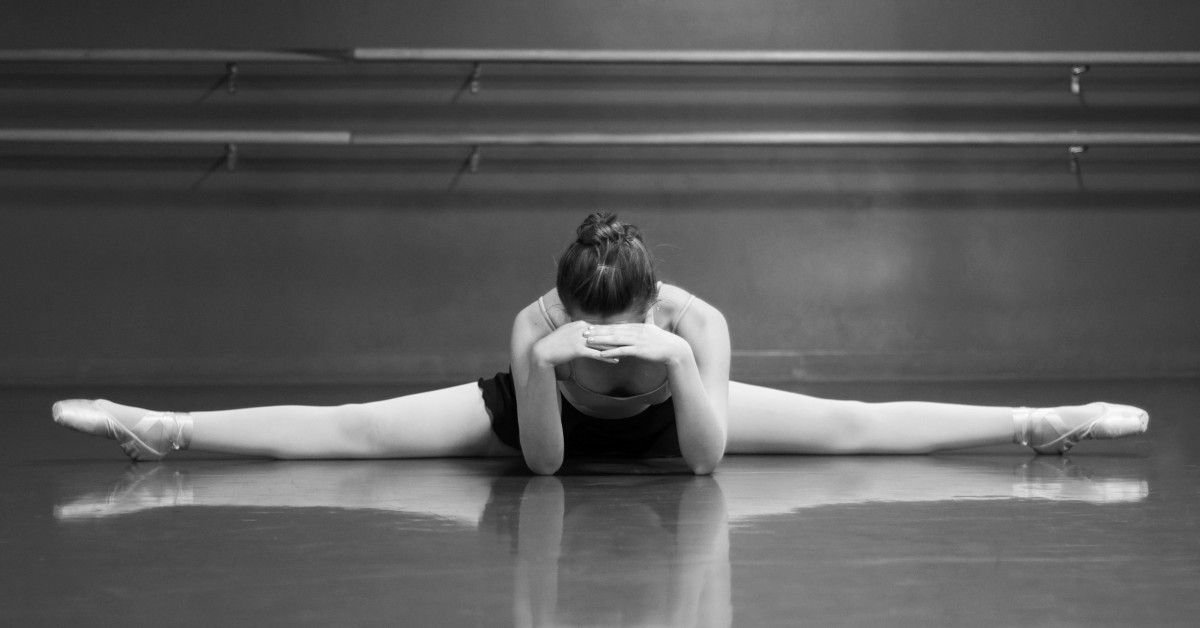Tips For Preventing Pointe Pain

If you’ve ever taken pointe ballet lessons, you are probably all too familiar with the pain that comes with dancing in pointe shoes. Of all the sacrifices ballerinas make, foot pain ranks among the highest, with some dancers suffering injuries as a result of dancing in pointe shoes for hours on end. However, there are several things you can do to prevent foot pain from pointe shoes, and our dance instructors at Miss Colleen’s Elite Dancentre are here to share some advice. Check out our ballet classes here, and read on for some tips and tricks to make dancing in pointe shoes less painful.
Consult A Doctor Before You Start
Pointe ballet requires a certain level of skill and strength that not all dancers have. If you have taken ballet classes at your local dance academy for decades, however, you might be ready to take pointe ballet lessons. Our ballet teachers recommend scheduling an appointment with a physician or physical therapist in order to determine whether or not you have the right range and strength level to begin pointe. Rushing into it can result in foot injuries or the development of poor technique, which can set you back in your dance career. If you pass your pre-assessment, you won’t have to worry too much about foot pain and injuries.
Strengthen Your Feet & Calves
Pointe is all about strength. Every time you rise up to pointe, you are using your feet and leg muscles in an unnatural way that requires a great deal of strength and control in order to perfect. If you aren’t using the right techniques or you don’t have the strength to accurately perform each lift, the risk of injury becomes much bigger. That said, it is important to work with your dance teacher so that you can gradually build strength over time to eventually master each rise, leap, and tendu. Then, when you’re in control and can dance en pointe correctly, you can work on expanding your repertoire with more complex dance moves.
Invest In Quality Pointe Shoes
However, not all of it has to do with technique. Sometimes, the pain you are experiencing from dancing in pointe shoes is more about the type of ballet shoe you are wearing than it does your skill level. Ideally, pointe shoes should be snug around your toes and the arch of your foot without putting too much pressure on your toes. Remember, your toes will need to be able to move a little bit in order to lift up to pointe, but you don’t want them so squished that they rub against each other and cause blisters and/or ingrown toenails. You also don’t want the toes of your shoes to be too roomy, as this can put too much pressure on them when you raise to pointe and eventually lead to the formation of bunions. The key to painless pointe is the right pair of pointe shoes.
Take Care Of Your Feet
A ballerina’s feet go through a lot, which means they need a little extra TLC every once in a while. When you dance en pointe with dirty feet, you increase your risk of blisters breaking and becoming infected, as well as fungal infections, like athlete’s foot. Not only that, but ingrown toenails and warts can also appear, creating more foot pain when you dance. To avoid any of these unpleasant scenarios, it’s best to take good care of your feet by washing them after you dance and keeping your toenails trimmed. You’ll also want to remove the inserts in your pointe shoes and wash them once per week to rid them of any sweat and bacteria.
Join Our Ballet Studio In Rockville Centre
Looking for more tips to make your pointe ballet classes less painful? Keep your eye out for future blog posts, and sign up for ballet training at Miss Colleen’s Elite Dancentre in Rockville Centre!

